Stretch Your Aching Muscles With This Post-Run Yoga Routine
Use this four-pose flow after training runs and races to soothe and stretch your body
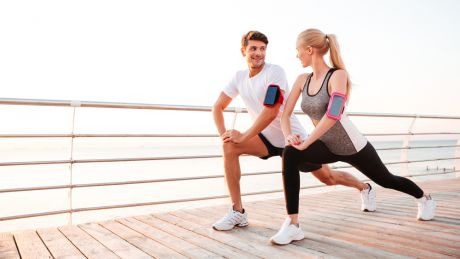
If you’re a runner and you’re not already doing yoga, you’ll be amazed at how much you benefit from adding it to your schedule. Whether you’re an experienced marathoner or someone who enjoys a couple of 5Ks each week, yoga is a brilliant way to support your body, and it’s likely you’ll enjoy some mental benefits from it as well.
We asked Doug Robson, trainer on audio-led fitness app WithU, for a simple routine runners could do to ease their aching muscles after a run.
Post-Run Yoga Routine
“Move through the poses at a gentle pace, holding each pose for at least two minutes,” says Robson. “Inhale and exhale deeply throughout, and take each stretch deeper as your body warms up and loosens. Work through the sequence twice.” Do moves 2 to 4 on the right side the first time round, then on the left side on the second pass.
1 Downward-facing dog
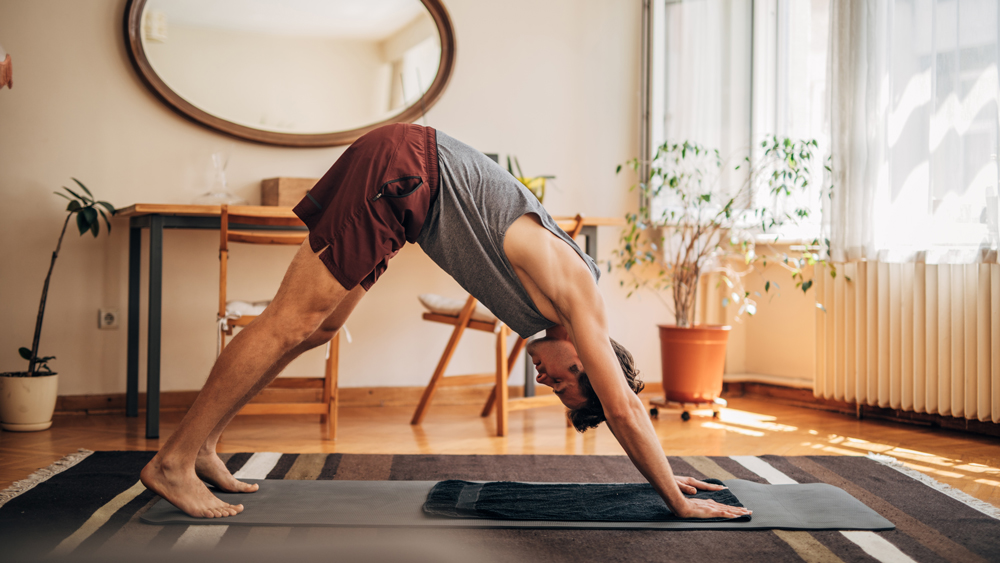
How “Begin on all fours with your knees slightly behind your hips, and your hands stacked under your shoulders with your fingers spread out wide,” says Robson. “Inhale as you press your hands into the mat, tuck your toes under your feet, push your knees off the floor and send your hips back as you straighten your legs. Relax your neck and the muscles in your face, and elongate your back through your shoulders and arms. Try to lift your hips higher as you inhale deeply, pressing your heels and palms into the floor on a long exhale. Stay here for several minutes, pedalling more deeply into the legs as the muscles loosen.”
Why “This stretches the hips, hamstrings, calves and achilles as well as the back and shoulders. After using just one plane of movement for hours while running, this pose helps to release the build-up of lactic acid and cortisol from the muscle tissue, as well as creating space in the joints.”
2 Crescent lunge
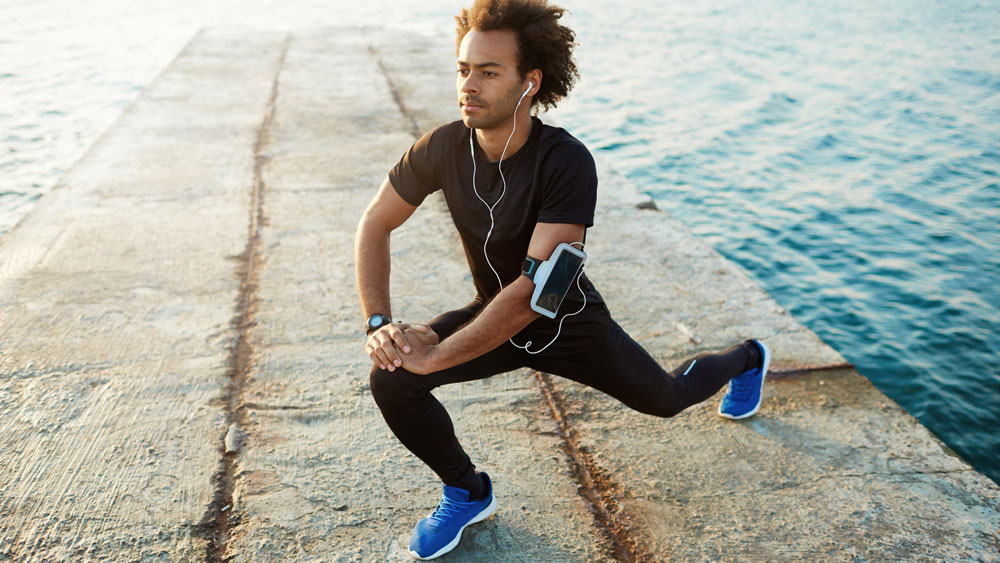
How “From the downward-facing dog position, lift your right leg and then carefully place the foot between your hands, soften your back knee and bring your arms up to vertical,” says Robson. “Hold this position, and take deep breaths. If needed, steady any wobbling by resting a hand gently on your front thigh. For a more intense stretch, place one hand on the floor in front of you and reach back with the other hand to take hold of your back foot for a deeper quad stretch and to open up your hip flexors more. Hold this lunge for one minute.”
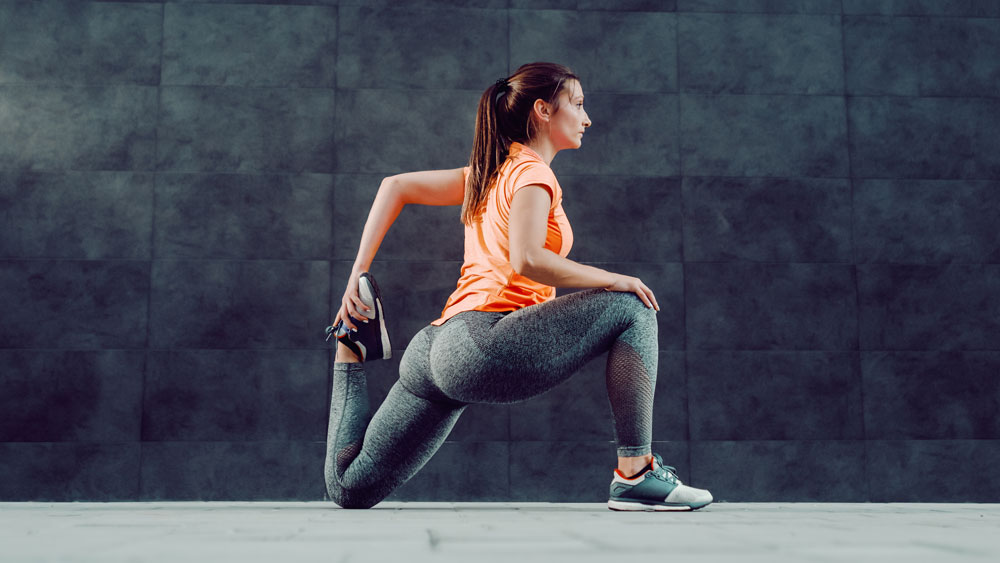
Why “Lunges are a runner’s best friend. This variation gives access to the hip flexors and the quadriceps, which are key for running and are under stress during a run because each stride shortens the hip flexors. This pose is also great for any knee stiffness you may be feeling after a run.”
Get the Coach Newsletter
Sign up for workout ideas, training advice, reviews of the latest gear and more.
See related
- Yoga For Runners: Five Moves To Help You Recover After Long Runs
- The Best Yoga Mats
- The Best YouTube Videos For Post-Run Stretches And Yoga Routines
- Pilates Stretches for Runners
3 Half front splits pose
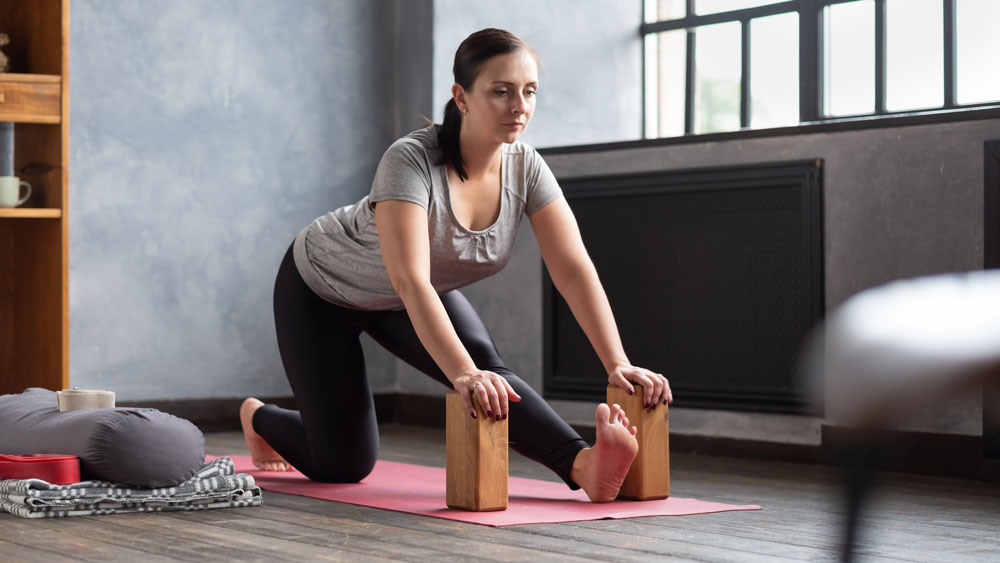
How “From your lunge, move your right foot forwards, and rest your back leg’s knee on the floor,” says Robson. “Move your hips to stack over your left knee and straighten your front leg – stretch so you feel it but avoid causing pain. Flex your toes and place your hands under your shoulders on the floor or, if you require, on blocks. Make sure your kneecap is pointing up, with a slight bend in your knee to prevent hyperextension. To deepen the stretch, slowly walk your hands towards your feet. Hold this pose for one minute.”
Why “We want to open your hips and lengthen your hamstrings, all of which will be sore after the run. Opening up the hamstrings prevents tightness and pain in the lower back too – keep the front foot flexed to activate the hamstrings.”
4 Pigeon
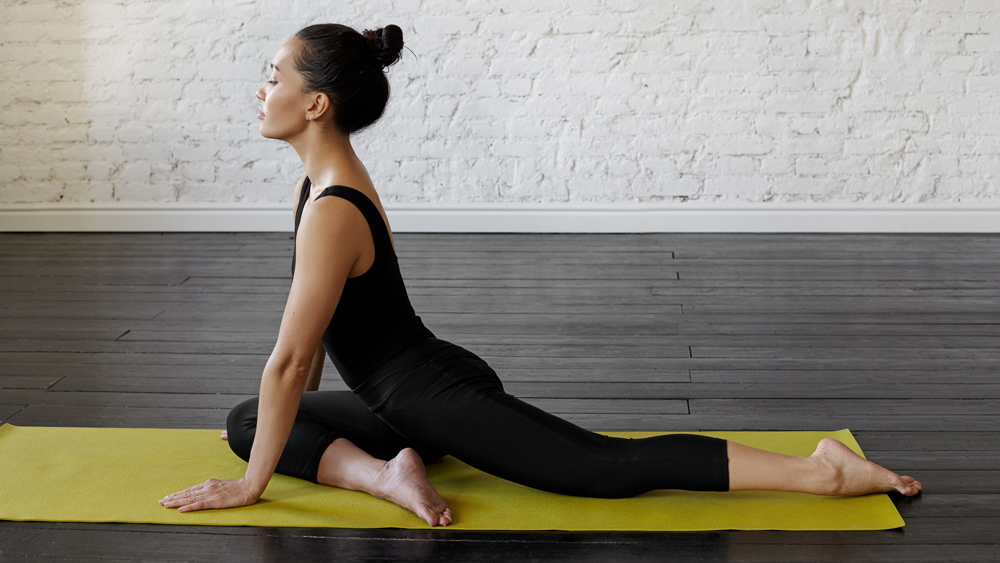
How “From your half front splits pose, bend at your front knee then lean forwards and put both hands on the floor. Bring your front leg to the floor and across so your right knee is behind your right wrist and your right ankle is behind your left wrist – or as close to it as possible if you are a little tight,” says Robson. “Draw your chest forwards and extend your left leg further back. If you feel any knee pain or discomfort, do this pose on your back with your ankle over the left thigh instead. Hold for two minutes.”
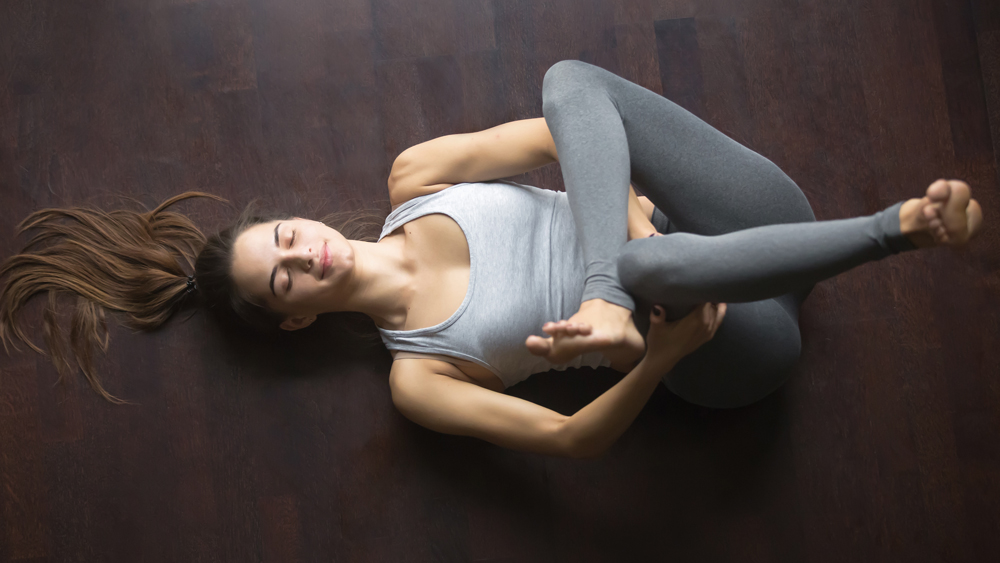
Why “This pose allows all the muscles and tendons linked to the pelvis – particularly the glutes, psoas and IT band – to release and lengthen. These are all likely to be tight from the impact of your run, so hold this pose for as long as you’re comfortable, breathing deeply into the hardest parts.”

Nick Harris-Fry is a journalist who has been covering health and fitness since 2015. Nick is an avid runner, covering 70-110km a week, which gives him ample opportunity to test a wide range of running shoes and running gear. He is also the chief tester for fitness trackers and running watches, treadmills and exercise bikes, and workout headphones.









